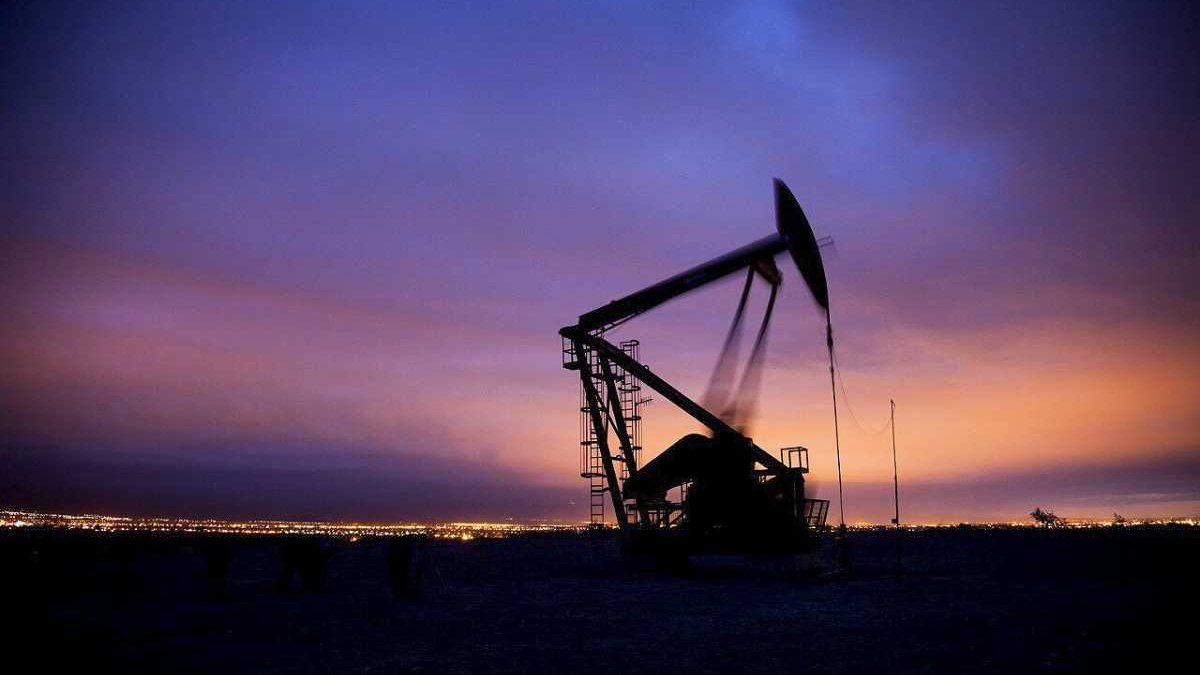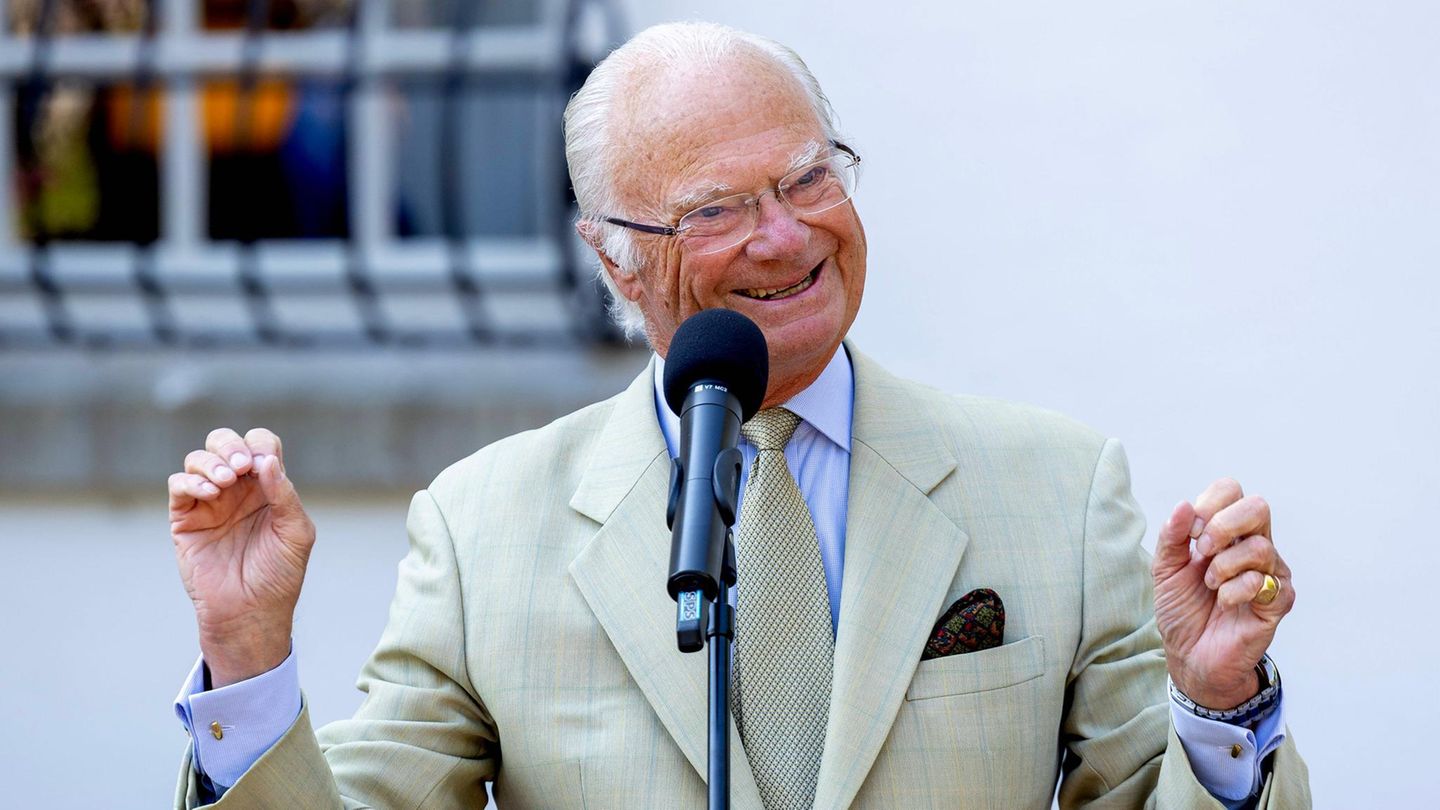Similarly, the oil North Sea Brentwhich does so in the London electronic market (ICE) and is the benchmark for Argentina, loses 6.9% and a barrel is sold at US$100.2.
Markets remain divided between fears of a recession in the US, Europe and Chinawhich torpedoes growth and, consequently, oil consumption, and the reality in which market supply and demand are still very tight,” Jeffrey Halley, an analyst at the firm Oanda, pointed out today.
The new Chinese restrictive measures in the face of the appearance of new cases of covid-19 and that threaten to reduce demand is the new factor that has been flying over the markets since yesterday.
China, which applies a severe “zero tolerance” policy towards the coronavirushas suffered in the last three months a wave of outbreaks attributed to the omicron variant that has caused record numbers of infections not seen since the start of the pandemic in the first half of 2020.
Oil demand growth will continue in 2023, but at a slightly less sustained pacein an evolution similar to world economic growth, according to a first OPEC forecast for next year, published on Tuesday.
“By 2023, global oil demand is expected to rise to 2.7 million barrels per day (mb/d) and average 103 mb/d, with an increase of 0.6 mb/d in developing countries. the OECD and a growth of 2.1 mb/d outside the OECD,” details OPEC’s monthly report for July.
According to the organization of producing countries, demand in 2023 should be supported by a “still solid economic performance of the large consuming countries, as well as an improvement in the geopolitical situation and the management of covid-19 in China.”
OPEC is based on a hypothesis of 3.2% world economic growth in 2023, down from projections for 2022 (3.5%).
“This assumes that the consequences of the pandemic, the geopolitical evolution in Eastern Europe and the global financial tightening – in a context of rising inflation – do not excessively negatively affect the growth dynamics for 2023,” OPEC warned.
“This also assumes that the large economies recover their growth potential,” adds the report, warning of the consequences of inflation, which could lead to new monetary measures by central banks.
This could in turn affect growth, as could health measures aimed at containing the progression of the pandemic.
As for supply from non-OPEC producing countries, it is expected to grow 1.7 mb/d in 2023, “supported by higher demand.”
Its “upstream” investment, in extraction and exploration, should be stable with respect to 2022at about 415,000 million dollars.
OPEC crude output rose 234,000 b/d in June from May to about 28.72 mb/d, according to secondary (indirect) sources cited in the report.
By 2022, demand growth forecast unchanged from last monthof 3.4 mb/d, with a progression of 1.8 mb/d for OECD economies and 1.6 mb/d for non-OECD countries, reaching an average of 100.3 mb /d.
Source: Ambito
David William is a talented author who has made a name for himself in the world of writing. He is a professional author who writes on a wide range of topics, from general interest to opinion news. David is currently working as a writer at 24 hours worlds where he brings his unique perspective and in-depth research to his articles, making them both informative and engaging.




